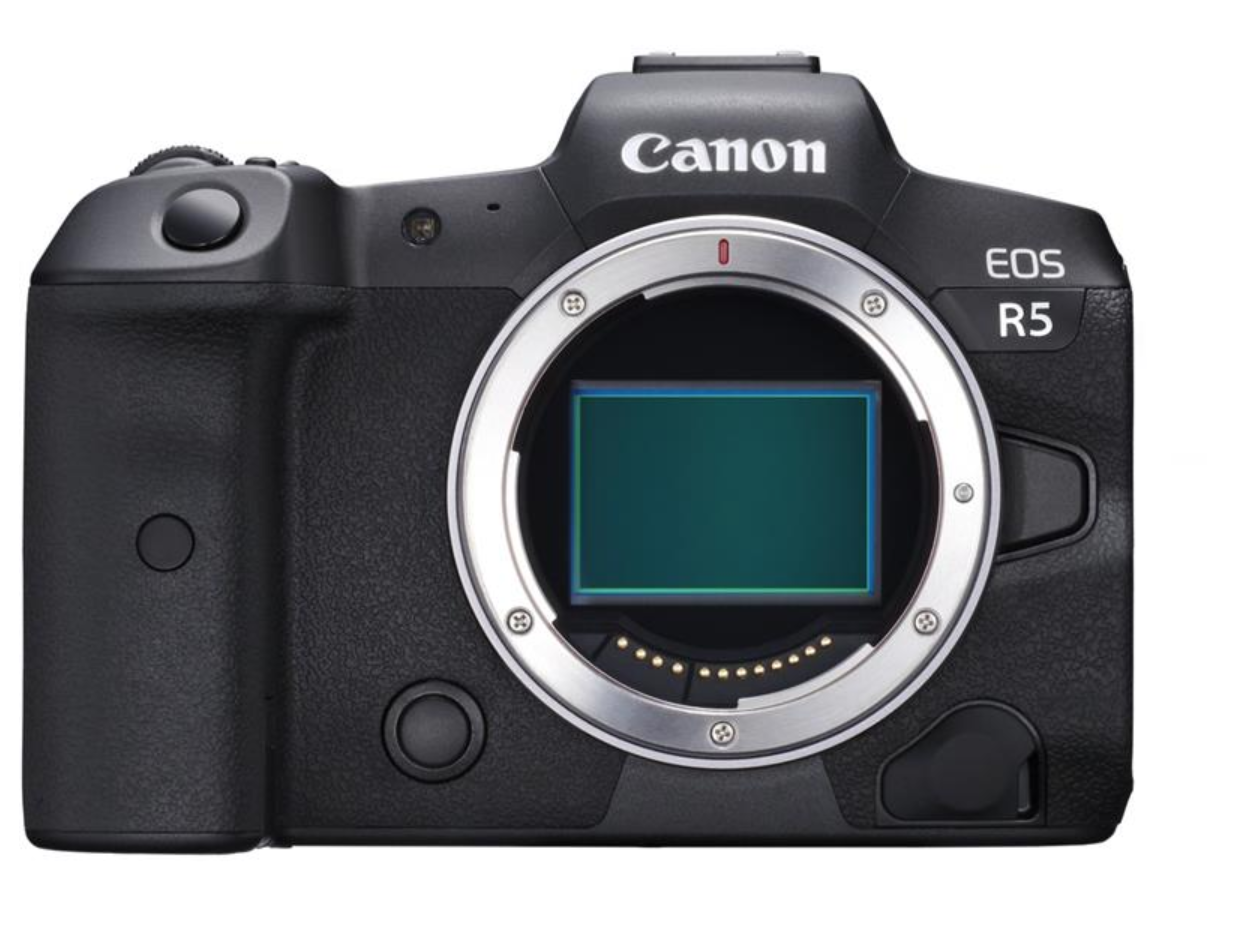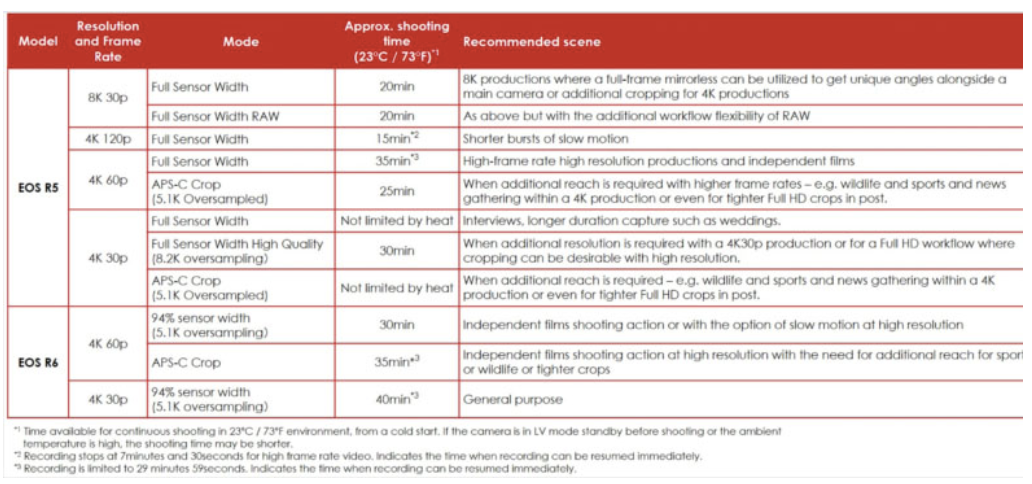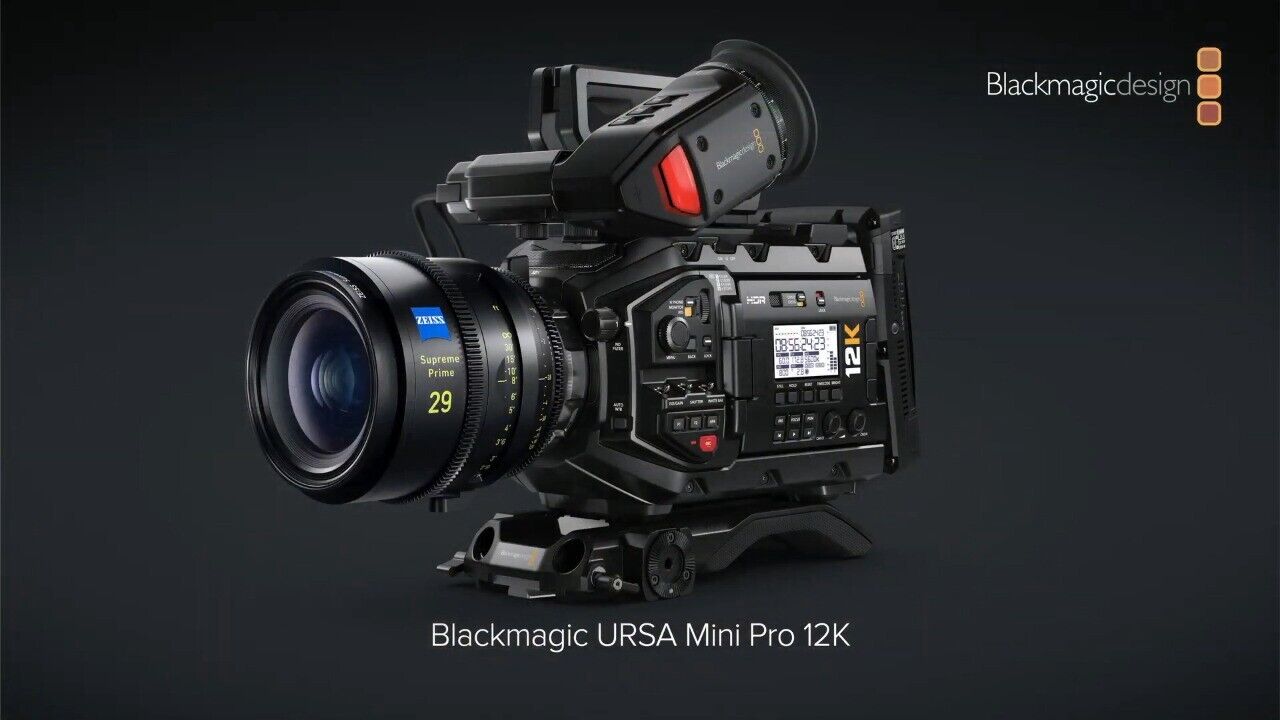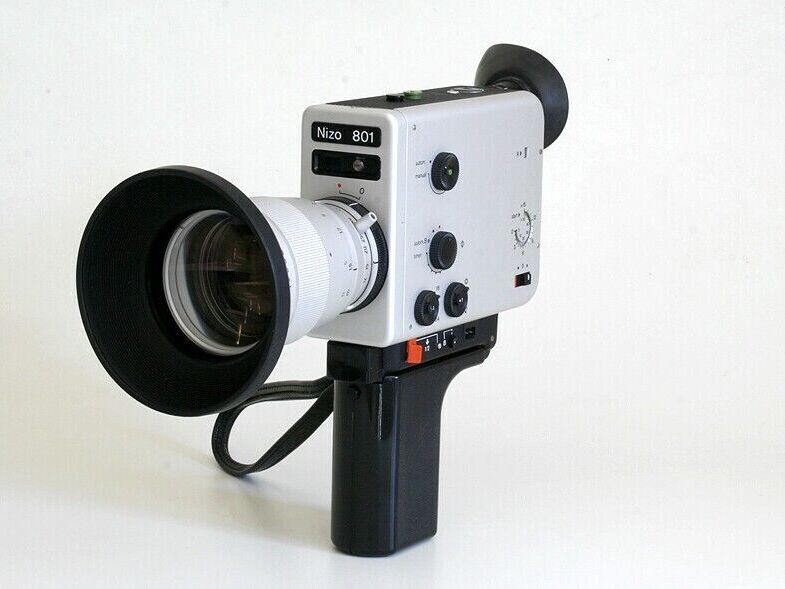2020 Camera Updates: What's going on and should I even care?


2020 — The year the world decided to throw all of its proverbial spanners into the doom blender. We’ve only just crawled our way over the half way mark, yet it’s getting hard to imagine how things could possibly get any stranger.
Just like many of my freelance filmmaker friends, COVID-19 ripped the dreams rug out from under my feet. At the beginning of March, I’d been abroad shooting my biggest budget commercial to date, with a few more similar gigs lined up for the following weeks and months. Fast forward two weeks, and I found myself sat at my desk in a completely empty office with a completely empty diary.
You’d be forgiven for thinking that a global socio-economic shit-storm might not be the most preferential conditions for bringing new, expensive products to market, but it seems that irony is lost on video camera manufacturers.
Granted, it takes years of R&D to bring a truly new camera to market. Some companies have been rumoured to spend 10 years on R&D per complete generation cycle, so I think the unfortunate timing maybe more down to back luck than bad judgement. Nevertheless, it seems there are no breaks on this train.
If anything, these camera releases have provided a much-needed distraction and topic of conversation amongst the community (I swear to the Almighty Himself, if I hear the phrase “new normal” again, I’m going to lose it). The thing is, unlikely as you may be right now to blow your life savings on a new camera, live-action will eventually rise again. The cameras being released in 2020, amidst the chaos, will be the tools of our salvation once the dust has settled.
A decade ago, many were scoffing at the idea of using a DSLR for video, yet look at how they revolutionised the industry. Those who snubbed the 5Dmk2 as a toy “not fit for professional video” were soon left with egg on their faces. That being said, not every camera release spurs a sea-change, and for every VHS, there’s a Betamax; for every Blu-Ray, there’s an HD DVD.
Here’s my humble take on this year’s camera releases and predictions on what will and won’t stick. Buckle up.
Canon R5
It’s been 10 years since Canon shook the ground with the 5Dmk2. In the following decade, we’ve seen what was initially a sizable lead over its competitors dwindle into insignificance. Subsequent improvements on this model were agonisingly incremental and disappointing on the whole — from a video shooter’s standpoint. By the end of 2019, Sony, Panasonic, Nikon and even Fuji had been able to take a piece of Canon’s market pie.
The way I see it, the 5Dmk2 did something amazing on what was a pretty limited platform. Canon’s ol’ faithful EF mount was fortunately extremely prevalent amongst photographers in 2010, although it was getting pretty long in the tooth, and had very limited adaptability due to the inherent flange distance of an SLR type camera being adapted for the digital age. I don’t believe Canon really knew how massive the 5Dmk2 was about to become for video shooters, and because of this, I don’t believe they were set up to take advantage of the market lead they garnered. All the way up to the 5Dmk4, it always felt a bit like the camera retained a photography-first philosophy.
Anyway, it’s 2020, and Canon seems to have had another punt at getting ahead of the curve with their latest offering, the R5.

Here are the stats: (thanks dpreview.com)
Dual-card slots: 1x CFexpress and 1x SD UHS-II.
Impressive, huh? I think so. Thing is, after such a long time in the back seat, there is an understandable amount of speculation from the community about this. It all feels a bit too good to be true. Here come the haters…
Sure enough, vloggers and influencers lucky enough to be given a pre-production model were making damning complaints about the camera’s inability to shoot 8K RAW internally for an unlimited amount of time without overheating.
Before the damn thing has even hit the market, people are writing it off because it can’t do something that they weren’t even asking it to do before they saw the spec sheet.
Anyone who buys a £3.5k stills camera with the intention of shooting continuous 8K RAW is a melon.
This camera can shoot oversampled (that means it’s super juicy and sharp) 4K, at full-frame sensor width, in 120, 60 and standard frame rates at 10bit 4:2:2. As long as you aren’t trying to shoot continuous 120fps 4K for 15 minutes at a time (I’ve never done this in 10 years of shooting) I’m sure you’ll have a great time with this camera.
Just think for a minute about the expense of buying enough media and a powerful-enough machine to edit an entire project in 8K RAW. To me, I see the 8K mode as a bit of a ‘special mode’, to be used sparingly, when called for. Heck, when the 5Dmk2 came out, people were more than happy to risk bricking the thing for a couple of minutes of Magic Lantern RAW, yet here we are in 2020, in a world where if your stills camera can’t shoot continuous 8K RAW, people are up in arms. Wild.
Due to this bashing, Canon has just issued a statement and some more concrete stats regarding recording times:

I think this camera will be an amazing addition to the line-up, and a brilliant tool for solo content creators. It has incredible stabilisation, amazing stills quality, autofocus, adaptability with the new RF mount, and brilliant full-frame 4K video. I don’t even know if this thing will be able to send its RAW signal via HDMI, but it isn’t inconceivable. Good luck beating this, a7Siii!
Canon C300 mk3
After a pretty miserable attempt at entering the full-frame big boy’s camera club with the C700, Canon’s cinema-EOS division seem to have finally got it together. Both the C500 mk2 and C300mk3 look like great prospects.

The C300mk3 form factor actually looks appetising now; you can see it looking at home on a gimbal or built into a larger rig. It has an optional interchangeable PL or locking EF mount, and it even sports dual-gain sensor architecture, which is very similar to the way in which ARRI achieves such amazing dynamic range and highlight roll-off from their ALEV III chip. We actually own a C200, and that thing’s colour science matches almost perfectly with an Alexa, so I can see this camera becoming a perfect B-cam companion to an Alexa LF or Mini LF, as well as holding it’s own as a great little do-all powerhouse.
Here are the specs (thanks newsshooter.com):
1x SD card slot
Blackmagic Ursa Mini 12K
Not gonna lie, this thing took me off-guard. Blackmagic are known for pushing the boat out specs-wise and are often criticised for chasing numbers and keeping prices down by letting their customers beta test their production models. I’ve been interested in their cameras for years now, but due to a combination of ergonomics, stories about reliability and other options being just as viable, I’ve never used one on a professional gig. Again, I find myself very interested in this camera, maybe more as a feat of engineering than as something I see myself using anytime soon.

There’s no doubt that being first is valuable in this industry. I do worry that in this cameras case, its been first to too many things at once and that some truly revolutionary features may be overlooked because of the 12K badge and the hype that this drums up.
I mean, I can see why, if you look at these specs, that you might just lose your tiny mind:
4K (4096 x 2160) up to 110fps full-sensor or up to 220fps in super16 crop mode
When I watched the product launch video yesterday (16/07/20), the thing that got my attention was the sensor technology, not the resolution. This camera has a non-Bayer sensor, in favour of a full RGB CMOS symmetrical sensor. This means that there is an equal amount of red, green and blue pixels on the chip. The upshot is hugely improved colour accuracy. Blackmagic themselves have said that this is the first sensor designed purely for BRAW, and implements Gen5 of their colour science. This is what has me excited…
Bayer patterns have been prevalent on digital cinema cameras for over a decade now, and I think that over the next 10 years we’ll see the phase-out of this type of chip. The media and CPU chips needed to handle full-RGB sensors is on the horizon, if not already here. If I’m honest, I’d like to see Blackmagic focus on this technology more than the war for resolution.
Regardless, this camera is a huge wake up to those who have followed RED for years, believing that they hold the monopoly on high-resolution sensors.
Conclusion
To sum up, yes, you should definitely care about 2020 camera releases. It’s never good to live under a rock, willfully or not. I’ve mentioned three pretty large camera releases here, and it looks like they might not even be the most eye-catching offerings of 2020.
That accolade must surely be held by the long (too damn long) awaited Sony a7Siii, which is due to finally reveal itself on the 28th July 2020. Do I think it will be a good camera? Yeah, I think Sony will have done a good job. Do I think it will live up to the hype? Not a hope in hell. If you thought Canon has had a hard time with the R5, you just wait until Sony drops the a7Siii. I think the only way they’ll best Canon is with the following stats:
- Some kind of new sensor with higher sensitivity and dynamic range.
- 4K 10-bit codec in full-frame at all frame rates.
- The ability to send a 16-bit RAW signal to an Atomos device or similar.
- Has anamorphic sensor modes.
- No time limits on recording.
You’ll find the latest rumours regarding this camera here.
Let’s not forget that ARRI is also developing a new 4K Super35 sensor. That almost feels like a less exciting prospect in light of everything else that’s going on, but it shouldn’t. ARRI have dined out on the ALEV III since 2008—I’m sure the evolution of this will be nothing short of mesmerising.
I hope this has gone some way in getting you up to speed on 2020’s new camera offerings. If this lockdown has done nothing else, it’s given me a bit of free time to scrub up on some knowledge and test some ideas out, so if you’re fortunate enough to be in a similar position, I really would recommend taking the time to keep your swords sharp. Stay safe!
Don’t forget to follow Storm & Shelter on Facebook, Twitter, and Instagram for more delicious content!
Until next time,
LJ
